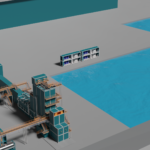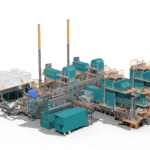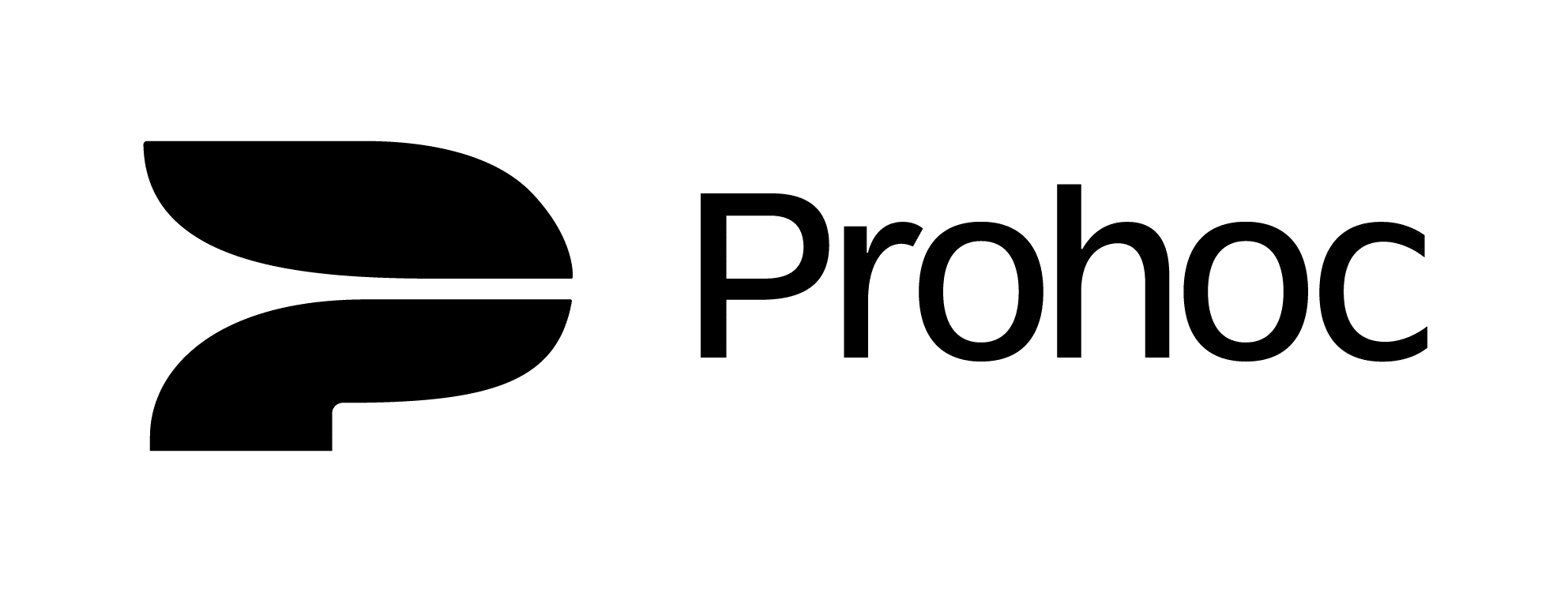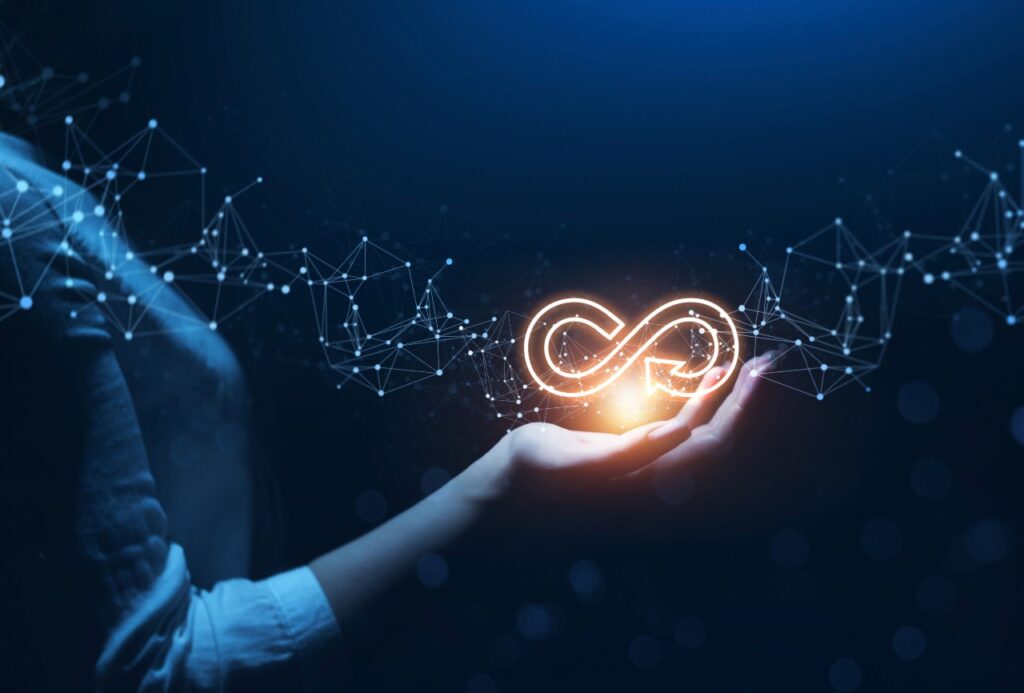
WOIMA BLOG 2/2018 – Sustainable Development through Circular Economy
The Western world is drowning on waste. New and innovative solution are sought after to solve the paradox between economic growth and diminishing natural resources. Reusing waste as raw material for new product or transforming it to energy offer interesting business opportunities.
Valuable materials are leaking from our economies. In a world where demand and competition for finite and sometimes scarce resources will continue to increase, and pressure on resources is causing greater environmental pressure, Europe can benefit economically and environmentally from making better use of those resources. Since the industrial revolution, our economies have developed a ‘take-make-consume and dispose’ pattern of growth — a linear model based on the assumption that resources are abundant, available, easy to source and cheap to dispose of. It is increasingly being understood that this threatens the competitiveness of Europe.
Circular economy systems keep the added value in products for as long as possible and eliminates waste. They keep resources within the economy when a product has reached the end of its life, so that they can be productively used again and again and hence create further value. Transition to a more circular economy requires changes throughout value chains, from product design to new business and market models, from new ways of turning waste into a resource to new modes of consumer behaviour. This implies full systemic change, and innovation not only in technologies, but also in organisation, society, finance methods and policies. Even in a highly circular economy there will remain some element of linearity as virgin resources are required, and residual waste is disposed of.
For the common consumer, this can be simplified to the four points of waste management hierarchy; prevent, recycle, use for energy and dispose safely. Although Finland has for decades been a European front-runner in the collection of municipal solid waste (MSW), we have not put enough emphasis on waste prevention and recycling. Finland has chosen to incinerate most of the MSW for energy in large-scale centralized Combined Heat and Power (CHP) plants. It can, of course, be argued that our Northern location allows for the efficient use of the heat-component of the CHP plant and therefore burning the waste is, in fact, the environmentally friendliest solution.
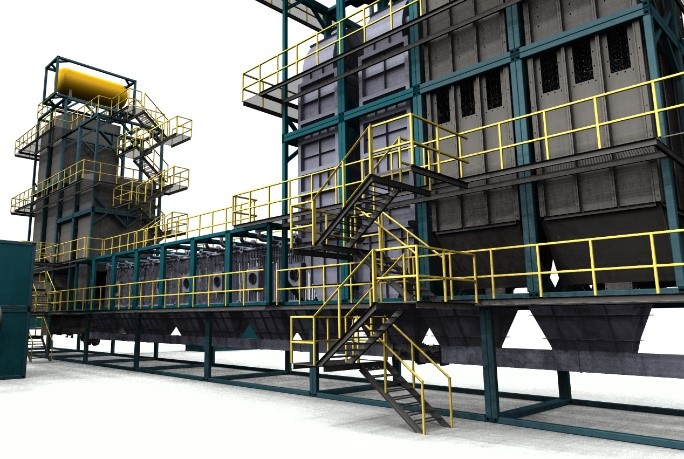
As a key service supplier to the Energy Cluster, WOIMA is also looking to contribute to the circular economy advancement. Our pre-fabricated, containerized and modular waste-to-energy power plant is simple and fast to deliver basically anywhere in the world. One wasteWOIMA line converts around 7 tons of waste to energy every hour and could solve both the waste management challenges and energy needs of small cities or municipalities in the developing countries. Modularity enables easy adaptation to different fuel feedstock, as well as waste quantities simply by adding new modules next to existing ones.
Ask more about WOIMA’s value proposition on moving towards a more sustainable society with WOIMA W2E solutions.
Henri Kinnunen
CEO
henri.kinnunen@woimacorporation.com
+358 40 835 8974

